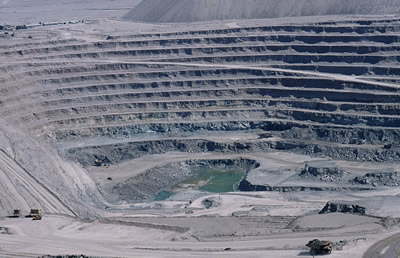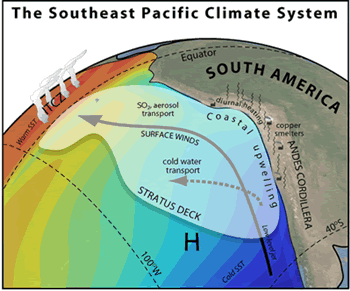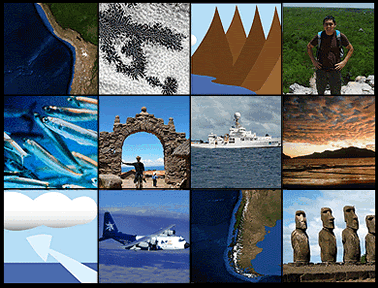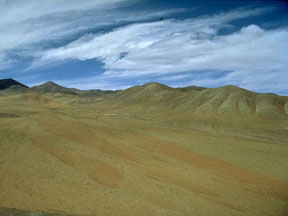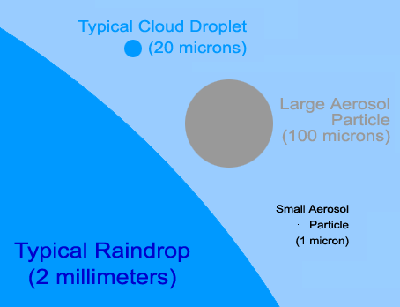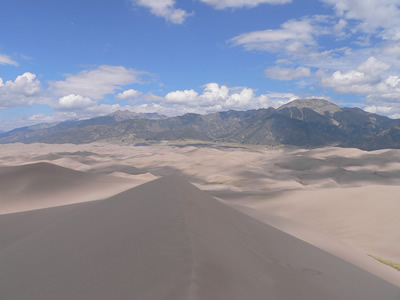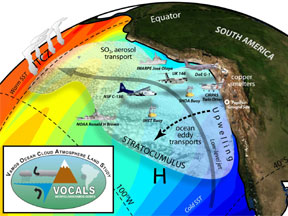Click on image for full size
Image Courtesy of the Wikipedia Commons
Human Impacts in the Southeast Pacific Region
How do the people living along the west coasts of Chile and Peru impact the Southeast Pacific climate system? This is one of the many questions that will be explored during the VOCALS field campaign. Although very little of the land that is part of the VOCALS field experiment is densely populated, human activiity in this region can have significant impacts on the environment.
The land that is included in VOCALS is a relatively narrow strip of land bounded by the Andes Mountains to the east and the Pacific Ocean to the west. Much of this region is very sparsely populated because there is very little arable land and severely limited precipitation in the arid desert areas. Most people in this region live in the large urban or port cities such as Santiago, Valparaiso, Concepcion, Iquique, and Antofagasta in Chile and in Lima and Arequipa in Peru.
Mining is an important economic industry throughout this region with a significant concentration of active mining in northern Chile and southern Peru . The rich variety of minerals, including copper, nitrates, iron, manganese, molybdenum, gold and silver are mined extensively. This region is one of the world's largest copper-mining centers. The aerosols that are released as part of the copper smelting process will be studied as part of the VOCALS field experiment. Learning more about how aerosols impact cloud formation is a central part of VOCALS science.
The nutrient rich coastal waters support a fishing industry that is an important economic activity in this region, especially in the larger port cities such as Iquique and Arica. VOCALS scientists are interested in the impact of changing climates on commercial fisheries. If ocean temperatures warm, how will the anchovy, sardine, mackerel, and salmon fish populations be impacted?


